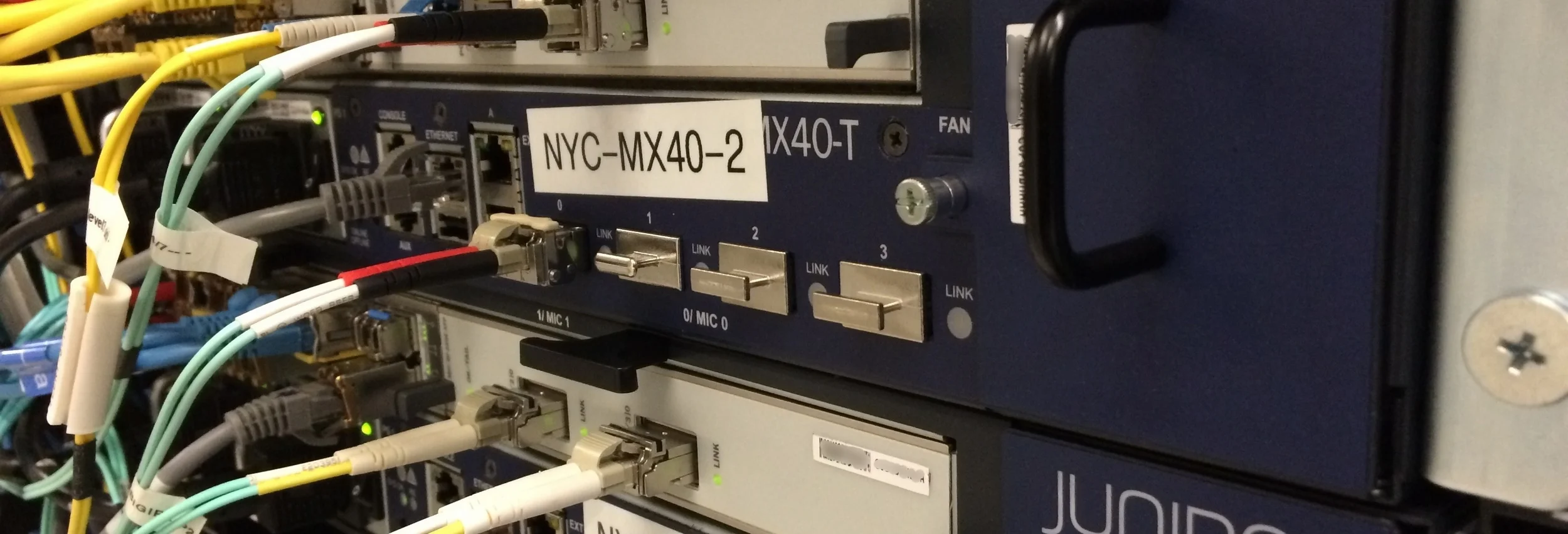Routers can forward a multicast packet by using either a dense-mode multicast routing protocol or a sparse-mode multicast routing protocol.
Multicast Forwarding Using Dense Mode
The design of a dense-mode routing protocol instructs the router to forward the multicast traffic on all the configured interfaces, with some exceptions to prevent looping.
Dense-mode routers typically do not want to receive multicast packets for a particular group if both of the following are true:
■ The router does not have any active downstream routers that need packets for that group.
■ The router does not know of any hosts on directly connected subnets that have joined that group.
Multicast routers use a Reverse Path Forwarding (RPF) check to prevent loops. The RPF check adds this additional step to a dense-mode router’s forwarding logic:
Look at the source IP address of the multicast packet. If my route that matches the source lists an outgoing interface that is the actual interface on which the packet was received, the packet passes the RPF check. If not, do not replicate and forward the packet.
The RPF check implements a strategy by which routers accept packets that arrive over the shortest path, and discard those that arrive over longer routes.
